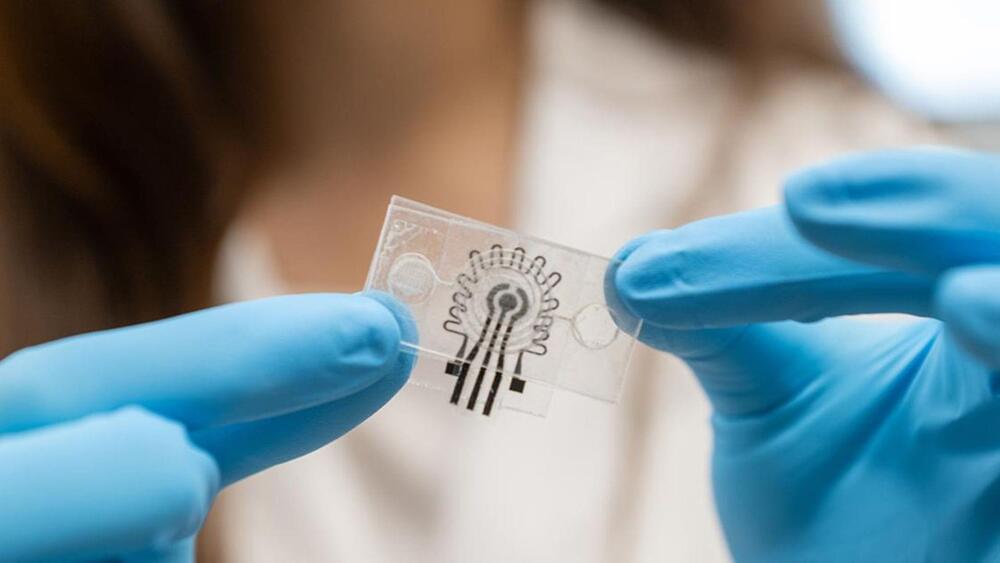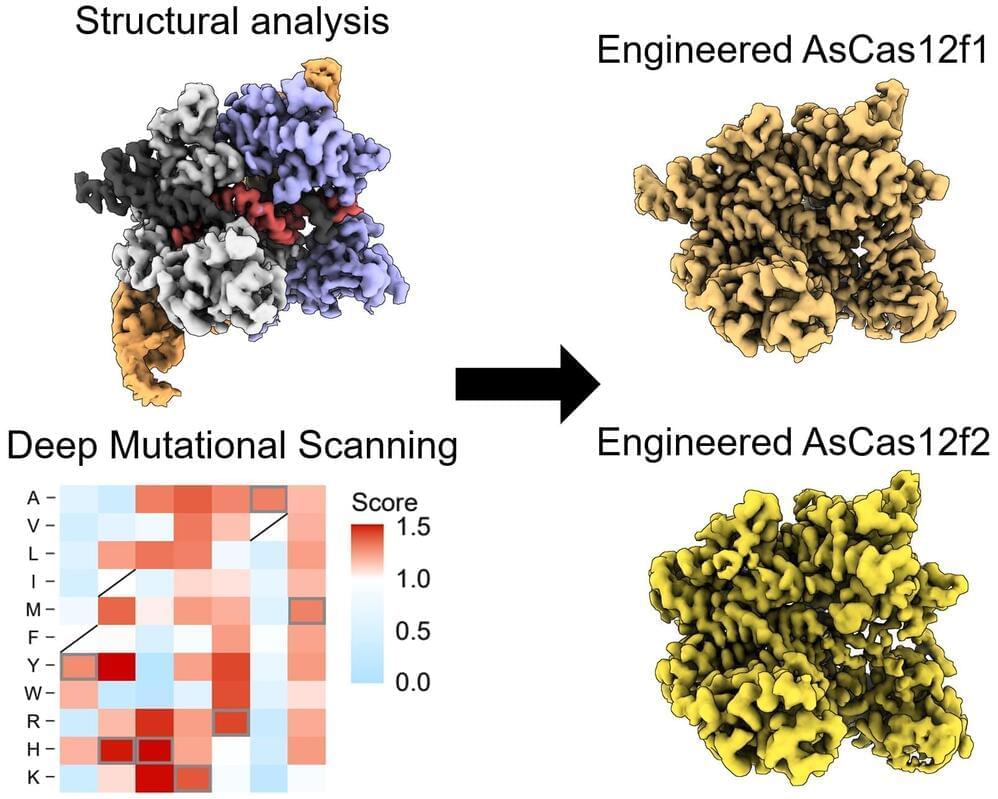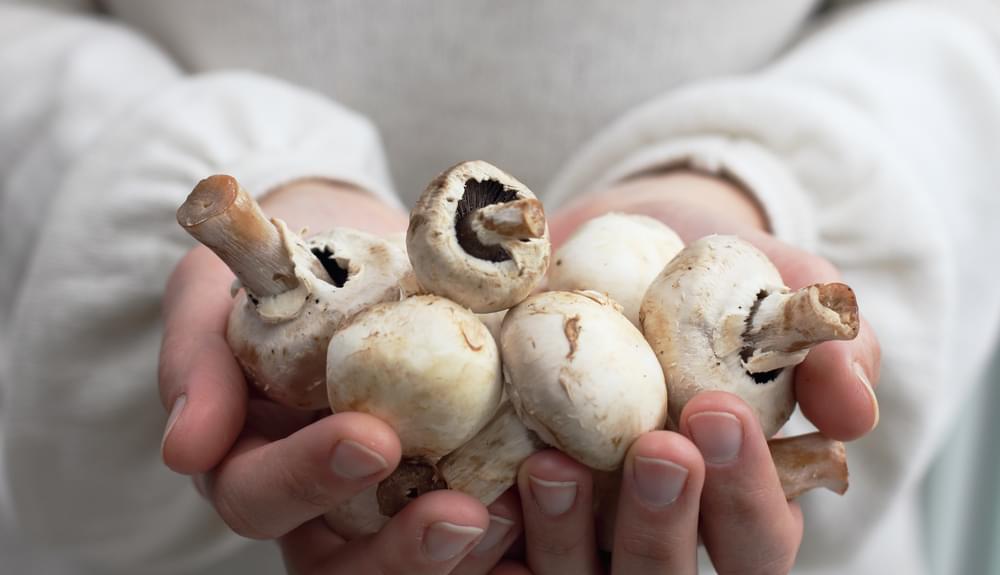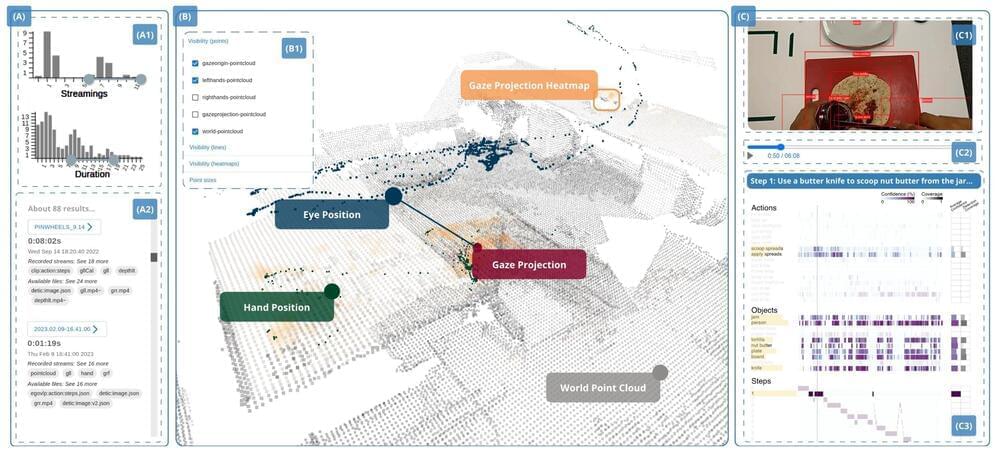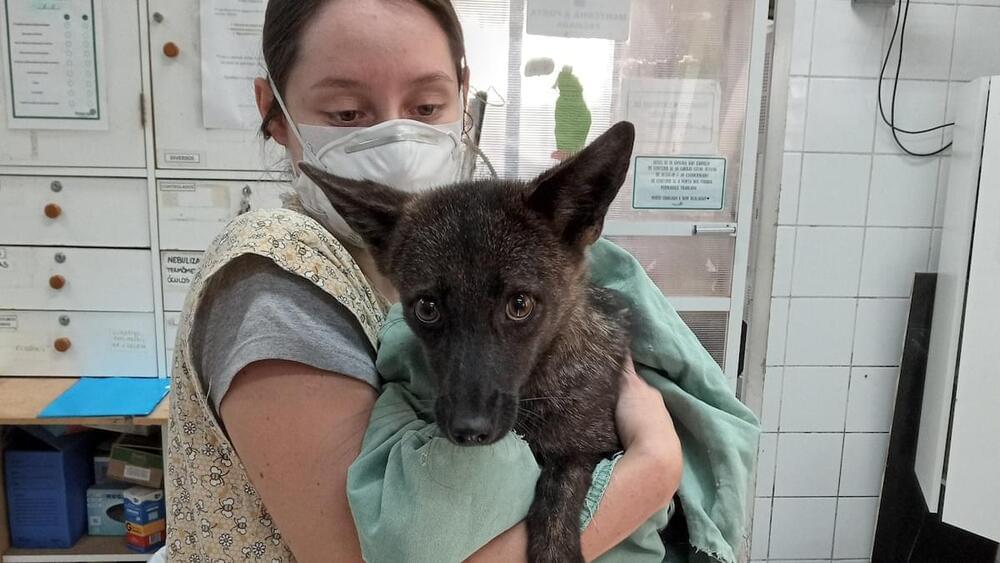Oct 2, 2023
Australian Seaweed Boosts Collagen Levels in Human-Like Skin Cells in The Lab
Posted by Shailesh Prasad in categories: biotech/medical, food, life extension
If you believe the headlines, seaweeds can do almost anything from storing tons of carbon and stopping cows from belching methane, to making biofuels and renewable plastics – all while sustaining vibrant coastal ecosystems and feeding communities.
Add to that list their potential wound-healing properties and possible anti-aging effects, and it’s no wonder the seaweed farming industry is booming.
A new study adds to that fanfare, with lab experiments based on human-like skin cells revealing extracts from two brown seaweeds can inhibit reactions linked to skin aging and boost collagen levels.


